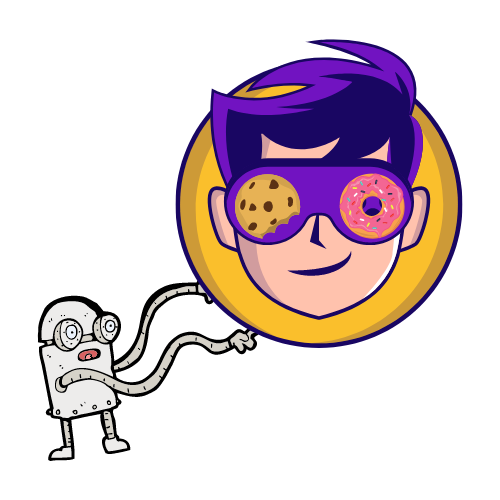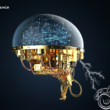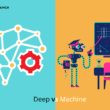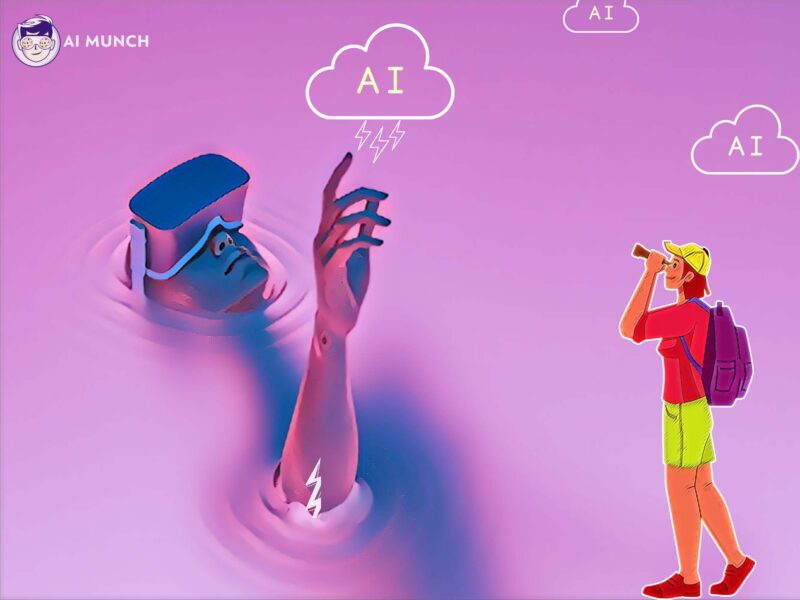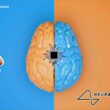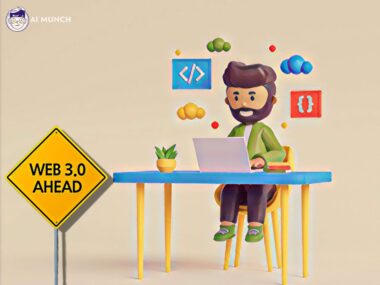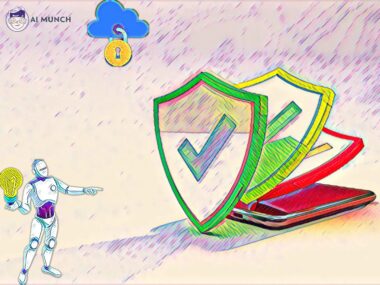I. Introduction
The term “artificial intelligence” (AI) is used to talk about the study and use of computer systems that can do mental tasks that humans usually do. Some examples of artificial intelligence (AI) technologies are machine learning, NLP, and computer vision. On the other hand, Web3 is a shorthand for the third generation of the internet, which uses blockchain technology and a decentralized architecture. We have already read web1.0, web 2.0 and web 3.0. AI and web3 interaction are quite trendy. The goal of Web3 is to build an internet where users have greater access to and protection of their personal data and digital possessions. Blockchain, smart contracts, decentralized applications (dApps), and decentralized finance (DeFi) are all examples of Web3 technologies.
Importance of AI and Web3 intersection
Financial services, medical care, government, and the arts are just some of the industries that stand to benefit from the combination of AI and Web3. Web3 applications can benefit from AI because of the intelligence and automation it can bring to decision-making, data analysis, management, security, privacy, and the ability to form autonomous, decentralized groups (DAOs).
AI and Web3: Article overview
This article will look at how AI and Web3 work together by explaining the basics of both fields, pointing out the pros and cons of putting them together, and talking about what the future holds for this area of research. This article will also give examples of how AI is used in Web3 to show how useful these technologies are.
II. The Basics of AI and Web3
A. Explanation of AI and its Applications
AI has a lot of possible uses in the healthcare industry, such as analyzing images, making diagnoses, and coming up with individualized treatment plans. Artificial intelligence (AI) can help find fraud, control risks, and best-use investment portfolios in the financial sector. Artificial intelligence (AI) can be implemented in the classroom to assist in individualized instruction, student assessment, and participation. Artificial intelligence (AI) can be used to create VR/AR experiences that are both exciting and immersive for audiences.
B. Explanation of Web3 and its potential
Web3 is the third version of the World Wide Web. It uses distributed ledger systems and blockchains. The goal of Web3 is to build an internet where users have greater access to and protection of their personal data and digital possessions. Blockchain, smart contracts, dApps, and decentralized finance (DeFi) are all examples of Web3 technologies.
The financial sector, government, healthcare, and entertainment industries could benefit significantly from Web3. Web3 can help with decentralized finance (DeFi), meaning end users no longer need centralized institutions like banks to help them with their finances. Web3 makes it possible for there to be decentralized governance. This means that users can have a say in making decisions without relying on authoritative bodies. Web3 can make it easier for health records to be shared in a safe and decentralized way, improving teamwork and scientific research. Web3 can help the entertainment industry find new ways to own and profit from content, such as using non-fungible tokens (NFTs).
C. How AI can enhance Web3 Applications
Web3 applications can benefit from AI because of the intelligence and automation it can bring to decision-making, data analysis, management, security, privacy, and the ability to form autonomous, decentralized groups (DAOs).
In decentralized finance (DeFi), AI can help improve investment portfolios, spot fraud, and predict market trends, among other things. Artificial intelligence can also be used in decentralized applications (dApps) to track users’ actions, customize their experience, and make suggestions based on what they’ve learned.
III. Opportunities of AI and Web3 Intersection
A. Enhanced Security and Privacy
Improving security and privacy is a significant benefit of merging AI and Web3. In Web 3.0, data is spread across multiple nodes in the network. This makes it harder for a single entity to control or change the data. AI can make this even safer by creating more advanced encryption algorithms, fraud detection systems, and ways to check someone’s identity. By using artificial intelligence, identity verification systems can ensure that users are who they say they are and reduce the risk of identity theft.
B. Improved Data Management
AI and Web3 coming together make it possible to improve data management. Web3 paves the way for developing decentralized applications (dApps) that can be utilized for trustworthy and open data management. Artificial intelligence can examine this information, revealing new details that can be used to refine judgment. AI has many possible uses in healthcare, such as finding patterns and trends to help doctors and nurses better serve patients.
C. Decentralized Autonomous Organizations (DAOs)
Decentralized autonomous organizations, or DAOs, are businesses run by smart contracts based on blockchain technology. These groups are meant to be open, democratic, and decentralized. AI can aid such institutions in making better decisions through data analysis and insights. Artificial intelligence can be used to do things like analyze market trends and forecast how specific actions will play out.
D. Smart contracts and AI integration
Intelligent contracts are code-governed, blockchain-based contracts that carry out their terms automatically. The advanced analytics, machine learning, and natural language processing capabilities made possible by AI can be used to enhance the usefulness of smart contracts. For instance, using AI for natural language processing can help ensure contracts are written clearly and avoid any potential for confusion.
E. Increased Efficiency and Scalability
Of course, AI is affecting us in many ways. In addition to boosting productivity and scalability, the combination of AI and Web3 can open up new possibilities. Automating tasks like document processing and customer service using AI can increase efficiency, decrease costs, and enhance the user experience. Web3’s decentralized design also improves scalability by letting multiple nodes process transactions in parallel.
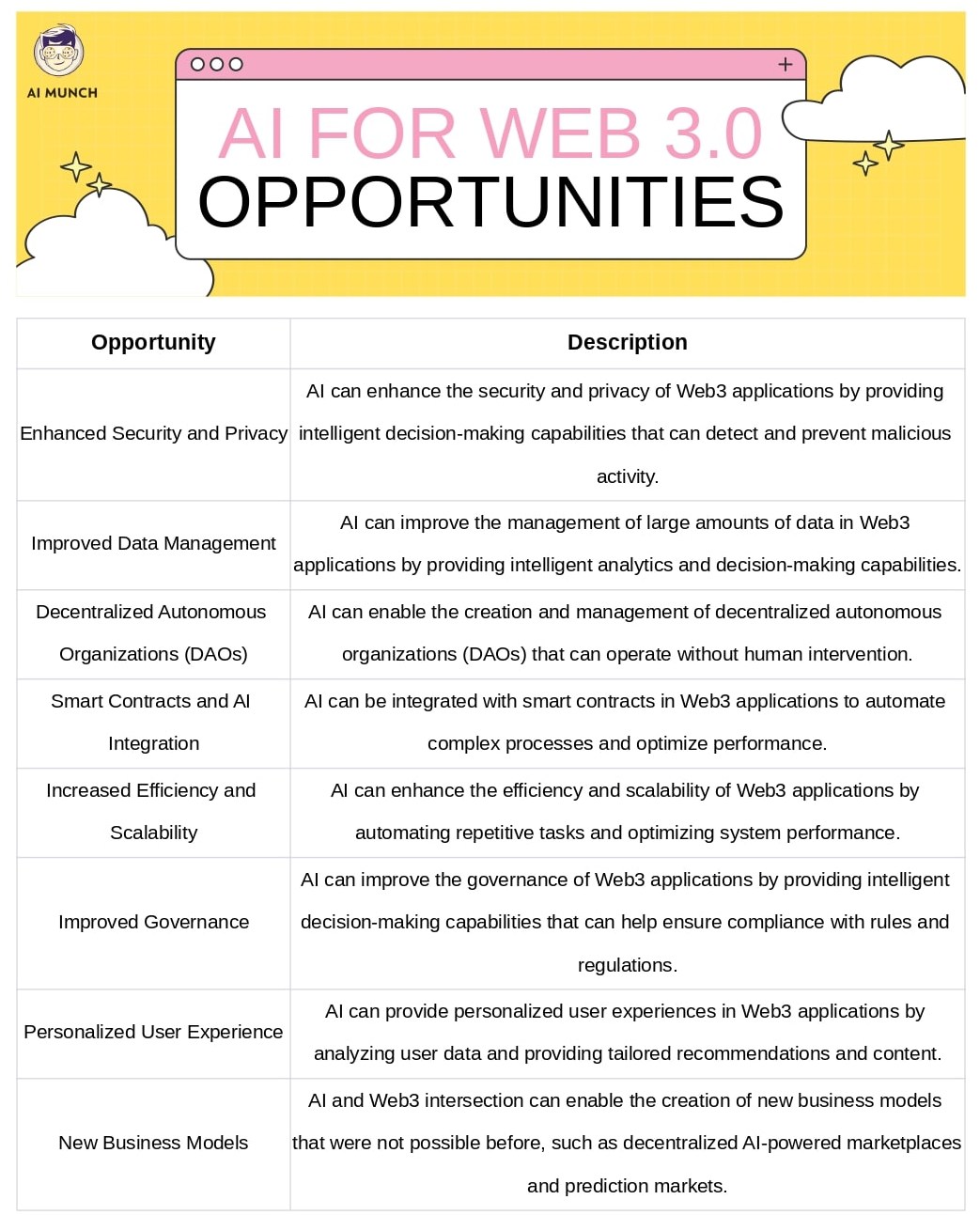
IV. Challenges of AI and Web3 Intersection
A. Ethical concerns
Artificial intelligence has a dark side, which will affect web3 as well. Ethical considerations pose a significant obstacle at the intersection of AI and Web3. For example, systems based on artificial intelligence (AI) can be used to harm by, for example, changing data or making biased decisions. There are also worries that AI will be put to evil uses like surveillance.
B. Technical hurdles
Barriers in terms of technology are another difficulty at the intersection of AI and Web3. For example, getting enough data and computing power for AI-based systems in a decentralized setting can be complex. The difficulty in achieving interoperability between various blockchain platforms is another issue.
C. Governance and Regulation issues
Because Web3 doesn’t have a central administration, questions about regulation and oversight arise. Regulatory enforcement and body jurisdiction problems are also factors in a decentralized system.
D. Integration and Compatibility issues
Last but not least, compatibility and integration issues need fixing before AI and Web3 can work together smoothly. For example, there are problems with the interoperability of various blockchain platforms and difficulties in integrating AI-based systems into existing Web 3.0 ones. The use of cutting-edge technologies and the lack of training for end users and coders can also cause problems.
AI and Web3 coming together could change many fields, but it also brings up some problems that need to be solved. By resolving these issues, we can speed up integrating AI and Web3, ultimately leading to a safer, more open, and more productive future.
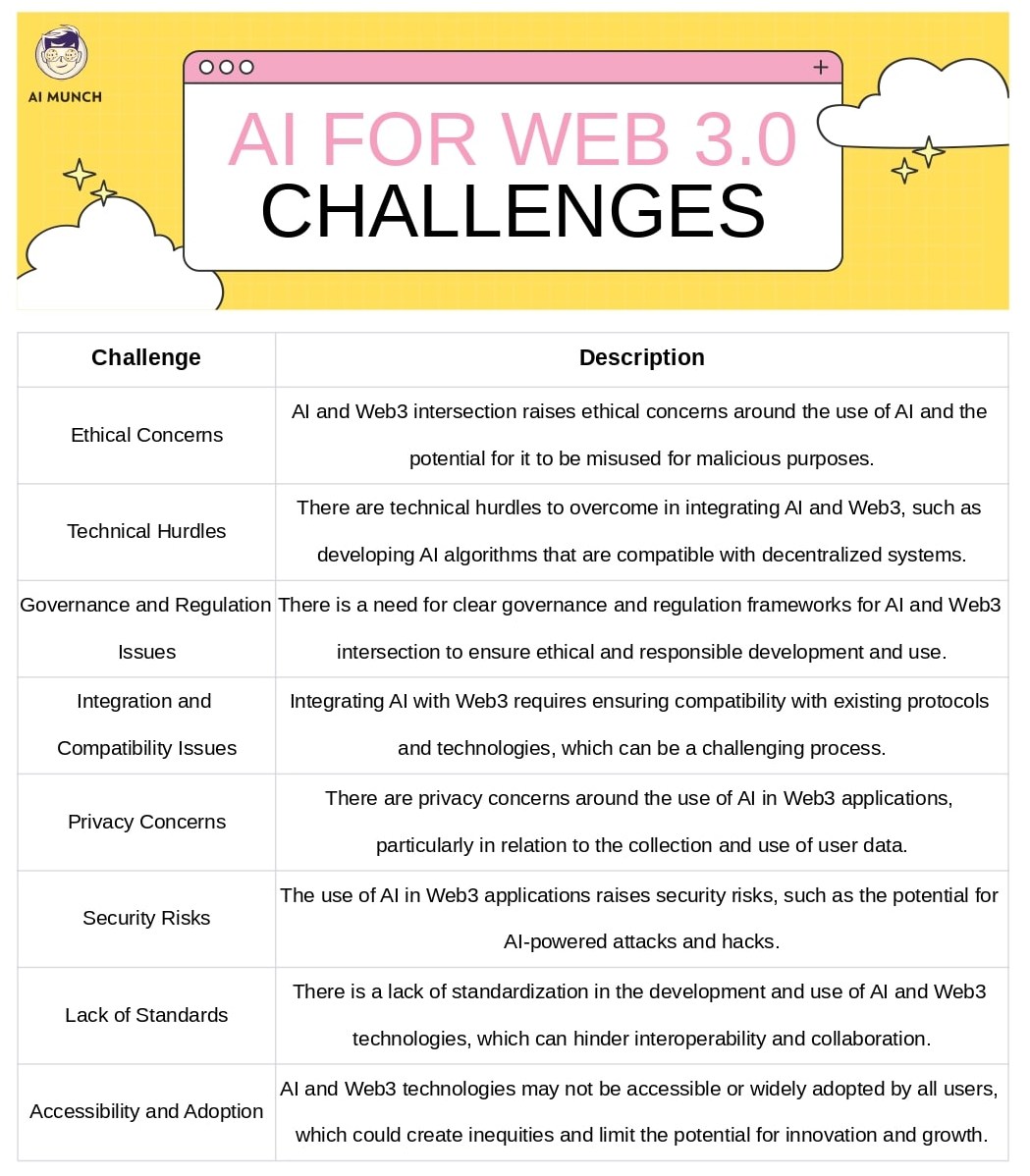
V. Future of AI and Web3 Intersection
A. Potential for Innovation and Disruption
Innovation and disruption will likely occur at the intersection of AI and Web3. With the help of AI, Web3 apps can be made more useful, scalable, and safe. AI that can make intelligent decisions can automate complicated tasks and improve decentralized systems. New types of companies, goods, and services will emerge when these two worlds collide. According to a report by MarketsandMarkets, the market for AI in Web3 is projected to grow at a CAGR of 55.6% between 2021 and 2027.
B. Collaboration opportunities
Developers of AI and blockchain technology, researchers, and government regulators will need to work together to ensure the future success of the intersection of AI and Web3. Finding ways to work together is crucial for overcoming integration and regulation hurdles and discovering novel uses for the technology. Assuring interoperability and compatibility between systems and applications requires the creation of standards and protocols for integrating AI and Web3.
C. Importance of addressing challenges
It would be foolish to dismiss the difficulties posed by the convergence of AI and Web3. Significant obstacles include technical challenges, ethical concerns, governance and regulation issues, and integration and compatibility issues. If these problems aren’t fixed, skepticism about the technology’s reliability will grow, reducing the likelihood of widespread use. To unleash the full potential of AI and the Web3 intersection, it is essential to address these challenges promptly and collaboratively.
VI. Conclusion
Artificial intelligence (AI) and Web3 rapidly develop into promising new areas. This article has covered the groundwork for understanding AI and Web3, the pros and cons of combining the two, and what the future holds for that combination. This technology can only be used to its fullest extent if everyone works together and thinks creatively. AI and Web3 will only have a bright future if researchers, developers, and regulators work together to overcome obstacles in their way. More research and study are needed to fully understand what this intersection means and find new and valuable ways to use it for the good of society.
FAQs AI and Web3
When AI is combined with Web3 technologies, we talk about Web3 AI. For example, AI can manage data better, tighten privacy and security, and boost the performance and scalability of distributed software.
AI can be used in Web3 to improve security and privacy, make it easier to manage data, make it possible for decentralized autonomous organizations (DAOs), connect to smart contracts, and make decentralized applications more efficient and scalable.
Web3.0 itself does not have artificial intelligence. However, AI can be integrated with Web3 technologies to enhance its applications and functions.
Using NLP, conversational interfaces, and suggestions based on the user’s context, AI in web development can improve the user experience. Website optimization, including search engine optimization (SEO) and load time, is another area where AI has proven useful.
The three critical elements of AI are data, algorithms, and computing power. AI systems require large amounts of data to train algorithms that run on robust computing systems.
AI is expected to take over some parts of the web since building a website requires creativity and making decisions. But AI can help web developers by automating specific tasks and making building sites easier.
Artificial intelligence can be applied to various types of webs, including Web1.0, Web2.0, and Web3.0. But AI is significant for Web 3.0 because it can make decentralized apps safer, more private, and more efficient.
Do you want to read more? Check out these articles.
